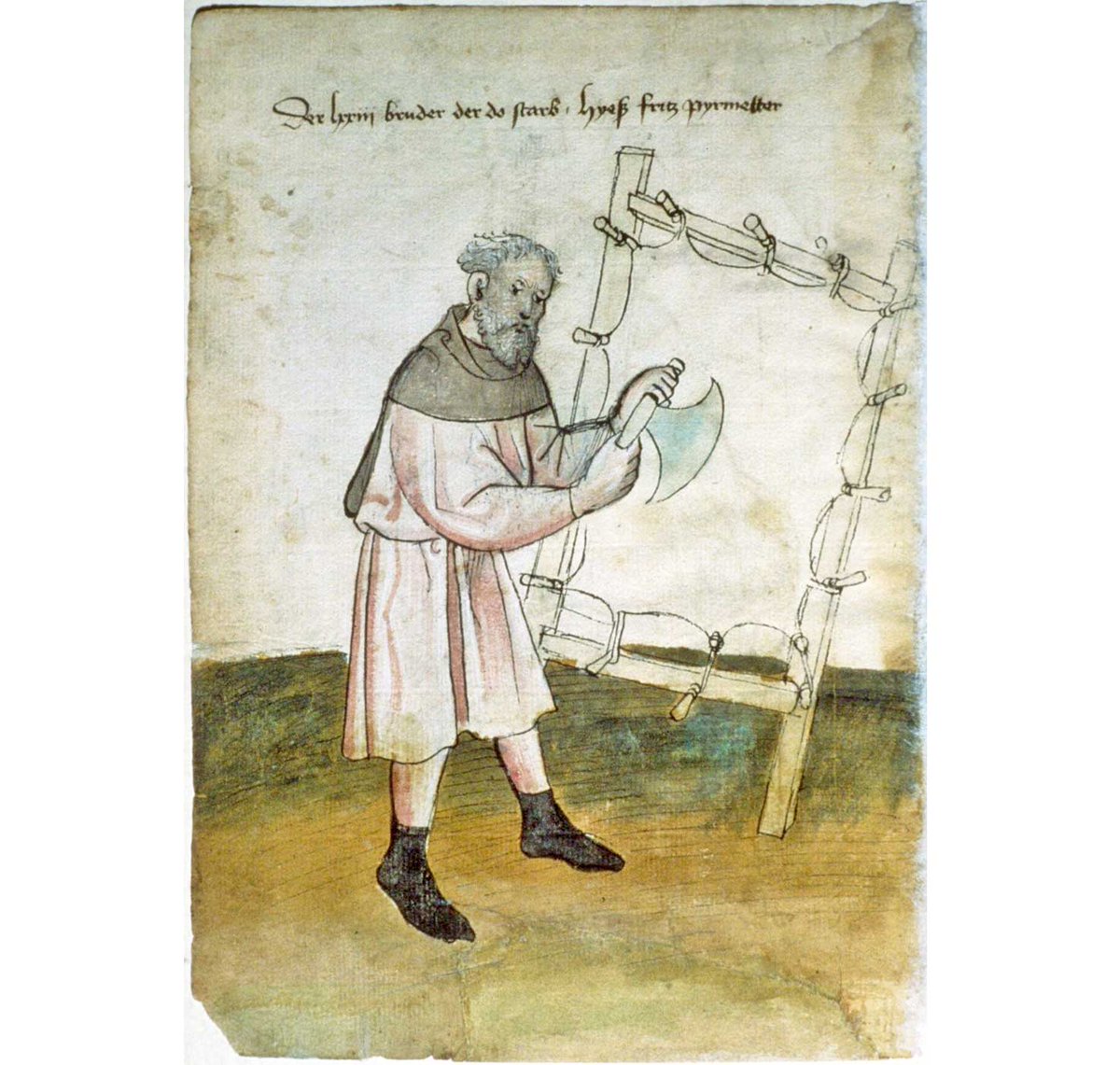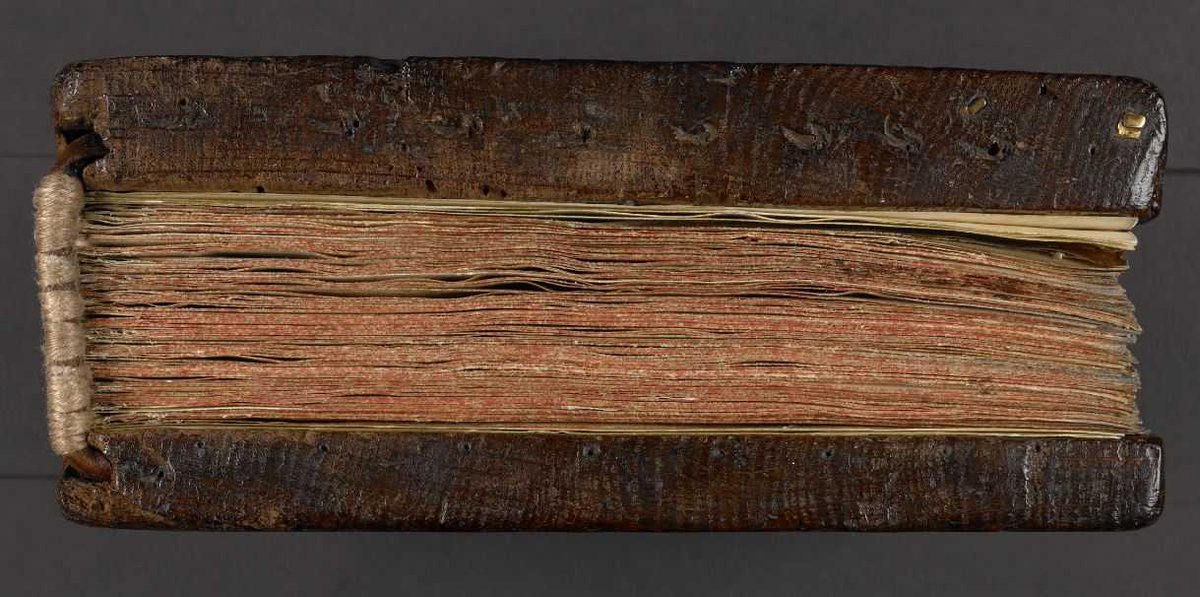
I'm trying to identify the writer of these notes on a Coptic ostracon, most likely an Austrian papyrologist or coptologist. The paper and ink suggests a date between the 1930s and 1950s, but it could be earlier or later than that.
Does anyone here recognize the handwriting?

Does anyone here recognize the handwriting?


A comment was made by @V_Feuerstein that the German handwriting looked older, more like 1890-1910. This is perfectly possible and I'd welcome more comments on this from German speakers - are there particular features in the handwriting that indicate an earlier date range to you?
Some very interesting and useful replies so far, thank you to @V_Feuerstein, @madcynic and @sista_ray. In case it helps, here is another sample of the handwriting. 

Another potential avenue of investigation is the apparent manuscript or reference number allocated to this:
14 CW/12 P.Sahid.
Does anyone recognize this numbering system?
14 CW/12 P.Sahid.
Does anyone recognize this numbering system?

I really am extremely grateful to @HankoWil. Over the last few months, I'd asked several epigrapher and palaeographer friends for help, and they had all also drawn a blank - quite unbelievable to me to get the answer within just hours of posting the query on Twitter!
Karl Wessely (27 June 1860, Vienna – 21 November 1931) was an Austrian palaeographer and papyrus scholar. He worked primarily on manuscripts housed at the Austrian National Library. He was the author, interalia, of "Sahidische Papyrusfragmente der paulinischen Briefe", 1914. 



• • •
Missing some Tweet in this thread? You can try to
force a refresh
























